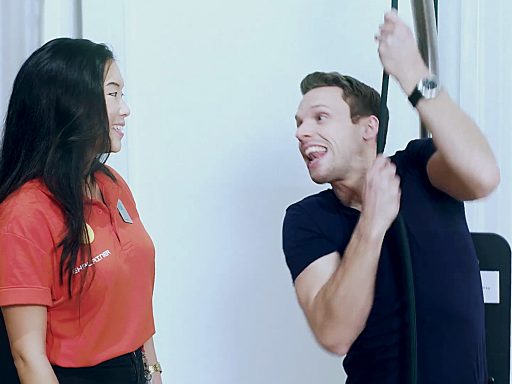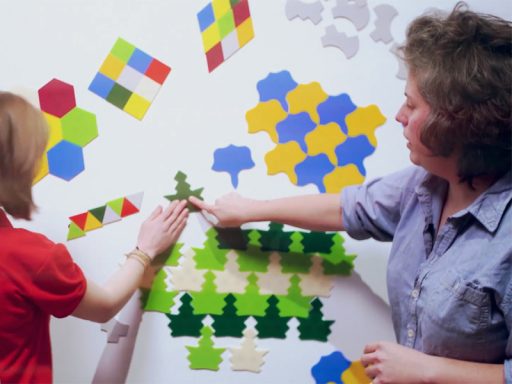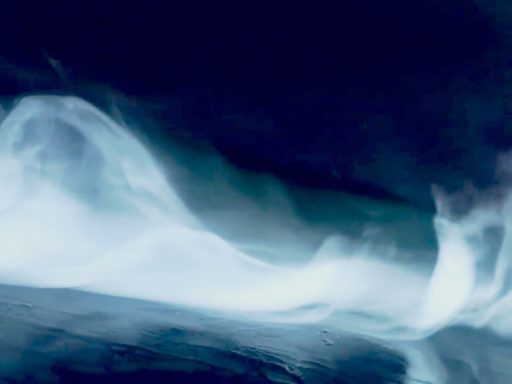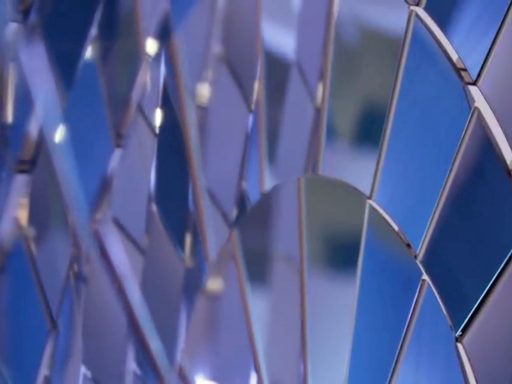This video will help your students explore day and night and make creative connections between space, maths, art, history, literacy and geography.
It’s one of 7 questions to explore before you leave primary school, a series of short films designed to provide inspiration for cross-curricular learning. Find out more below.
Daytime is when you can see the sun from where you are, and its light and heat can reach you. Nighttime is when the sun is on the other side of the Earth from you, when it’s dark and colder. But do you know where the sun actually goes at night?
Filmed at Wonderlab: The Equinor Gallery at the Science Museum, London.
7 questions to explore before you leave primary school
This project—a collaboration between the Science Museum, TES and the Arts Council—is designed to provide inspiration for cross-curricular learning and offer greater access to STEM for all types of learners. We see that wonder and imagination are the foundation of both arts and sciences, and these videos invite young people to help answer big questions about the world using their curiosity, creative thinking and problem-solving skills through STEM, arts and humanities subjects.
Watch the other videos in the series
1: What would life be like without electricity?
2: What does sound look like?
3: Do you see what I see?
4: What’s in the clouds?
6: Where can you find patterns?
7: Can you lift something heavier than yourself?
Each question, which can be used either as part of a lesson or as the start of a full topic of work, can be approached from a multitude of angles, opening up opportunities for learning across science, history, art and design and beyond.



